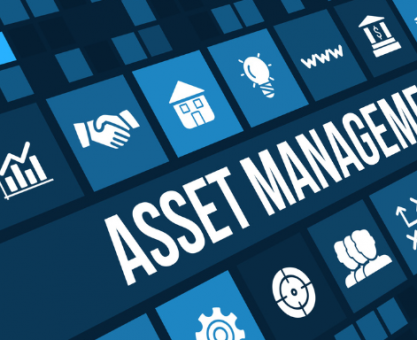Executive Summary
-
Non-Fungible Tokens (NFTs) are revolutionizing wealth management with their unique attributes.
-
Understanding the benefits and risks associated with NFTs is crucial for investors and wealth managers.
-
Strategic insights and expert tips on integrating NFTs into wealth portfolios are discussed.
-
Practical tools and resources are provided to assist in managing digital assets effectively.
Introduction
In recent years, Non-Fungible Tokens (NFTs) have burst onto the scene, capturing the attention of investors, collectors, and wealth managers alike. As digital ownership becomes more mainstream, the role of NFTs in modern wealth management is increasingly significant. For investors and wealth managers, the challenge lies in understanding how to leverage NFTs to enhance portfolio diversification and long-term value. This article explores the potential of NFTs in wealth management, offering key insights into their benefits and challenges while providing practical advice on integrating them into digital asset strategies.
Definitions / Context
What are NFTs?
NFTs, or Non-Fungible Tokens, are unique digital assets verified using blockchain technology. Unlike cryptocurrencies such as Bitcoin or Ethereum, NFTs cannot be exchanged on a one-to-one basis due to their distinct properties. They can represent ownership of various digital or physical items, including art, music, real estate, and more.
Why NFTs Matter in Wealth Management
NFTs offer a new frontier for wealth managers looking to diversify portfolios. Their uniqueness and potential for high returns make them an attractive yet complex asset class. As the digital economy expands, understanding NFTs becomes essential for modern wealth management.
Benefits / Pros
-
Portfolio Diversification: NFTs provide investors with opportunities to diversify beyond traditional asset classes, reducing risk.
-
High-Value Appreciation: Many NFTs have shown significant value appreciation, offering lucrative investment potential.
-
Enhanced Liquidity: Platforms like OpenSea and Rarible facilitate easy buying and selling of NFTs, offering liquidity in digital assets.
Risks / Cons / Challenges
-
Market Volatility: NFT markets can be highly volatile, with prices fluctuating based on trends and demand.
-
Regulatory Uncertainty: The regulatory landscape for NFTs is still evolving, posing potential compliance challenges.
-
Security Concerns: As digital assets, NFTs are susceptible to cyber threats and require robust security measures.
Step-by-Step Process
How to Integrate NFTs into Wealth Portfolios
-
Research and Education: Understand the NFT market and identify potential investment opportunities.
-
Select a Secure Platform: Use reputable platforms to buy and store NFTs.
-
Diversify Holdings: Spread investments across different categories of NFTs to mitigate risk.
-
Monitor Market Trends: Stay updated on market trends and regulatory changes impacting NFTs.
A renowned art collector integrated NFTs into their portfolio by acquiring digital art pieces from emerging artists.
By leveraging blockchain technology for provenance and authenticity, they achieved a 30% increase in portfolio value within a year, showcasing the potential of NFTs in wealth creation.
– Case Study: The Art Collector’s NFT Strategy
Expert Tips / Strategic Insights
-
Epiidosis recommends: Regularly reassess the NFT portfolio to ensure alignment with broader investment goals.
-
Stay Informed: Join NFT communities and forums to gain insights and early access to promising NFT drops.
-
Legal Consultation: Engage with legal experts to navigate the complexities of NFT ownership and rights.
Tools / Resources / Calculators
-
NFT Valuation Tool: Use tools like NFTBank to estimate the value of NFT assets.
-
Security Checklist: Follow best practices for securing NFTs, including using hardware wallets and two-factor authentication.
Conclusion
NFTs are a transformative addition to modern wealth management, offering unique opportunities and challenges. By understanding their role and effectively integrating them into portfolios, investors can unlock new avenues for growth and diversification. As the digital asset landscape evolves, staying informed and engaged is crucial for success.






















